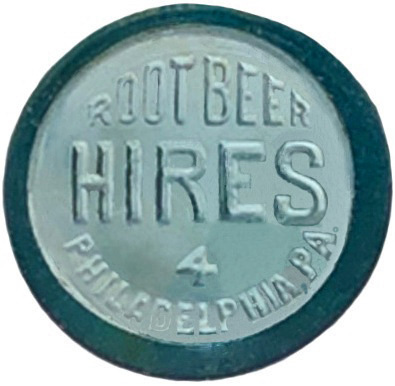1904
IT HAPPENED IN…1904
The Louisiana Purchase Exposition (also referred
to as the “St. Louis World’s Fair”) feted the 1803 Louisiana
Purchase centennial from April 30 – December 1, 1904.
The Summer Olympic Games were held in the U.S. for the first
time in conjunction with the fair.
Over 1,000 people died when the paddle-steamer
General Slocum burned in
New York harbor.
Automobile racing began as an organized sport
with the Vanderbilt Cup race.
Henry Ford set a new automobile land speed record
of 91.37 miles per hour.
Theodore Roosevelt was re-elected President of
the United States.
Cylinder and disk phonographs attained enormous
popularity.
Journalists wrote about government and business
corruption and the need for consumer protection.
The
Ladies’ Home Journal
published articles exposing quack patent medicines, ultimately
contributing to passage of the Pure Food and Drug Act of 1906.
Drugs were available without prescriptions and not a social
problem, but alcoholism was rampant.
Nickelodeon theaters began to open, often in
rented storefronts where customers sat on chairs or benches and
watched one-reel films on a small screen.
Cigarette coupons were first used as a draw for a
chain of tobacco stores.
Coca-Cola’s annual syrup sales reached one
million gallons. The
Coca-Cola Company initiated an advertising program in general
magazines and had licensed 123 franchised bottlers.
3,468 U.S. soft drink bottling plants were in
operation. Per capita
consumption was 13.3 bottles.
One of Hires’ earliest 1904 publications was a
Twenty Seventh Annual Message
booklet. The
introductory comments state
“That my Beverage has become a necessity to man is amply shown in that
during the 26 years of its life it has grown from nothing to national
and international usefulness.”
The reference to “26 years” is another major clue helping to
pinpoint the date of origin for Hires Root Beer.
This booklet was written in very late 1903 or very early 1904,
and 26 years earlier means Charles E. Hires began selling Hires Root
Beer in 1877, rather than 1876 as later claimed.
The content of the Twenty
Seventh Annual Message booklet was presented as if it was authored
by the Hires Boy himself.
(Figure
1904-01, Twenty
Seventh Annual Message, 3.125” x 5.25”)
Hires’ “Offer for 1904 To The Retail Trade” was sent
in the form of a 9.5” x 4.0” heavy cardboard “wallet” recipients could
use to file and store receipts and other papers.
The inside flap provided details about Hires’ Novelty Booklets
(“nothing so funny was ever printed…we are putting out several
millions”), co-operative advertising opportunities, and how to obtain a
free 21.0” x 16.0” “Ruth and Naomi” poster.
The inside of the wallet also contained an essay on “character”
by Lambert Tree that was originally published in the
Saturday Evening Post.
Lambert Tree was a Cook County Illinois Circuit Court judge
famous for presiding over the trial of corrupt city council members.
He later served as President Grover Cleveland’s U.S. minister to
Belgium.
(Figure
1904-01.5, Offer for 1904 To The Retail Trade, wallet)
(Figure
1904-01.5, Offer for 1904 To The Retail Trade, inside flap)
The American Lithographic Company of New York City
produced a simpler “The Parting of Ruth and Naomi” trade card in 1904.
The front text is in the lower left hand corner, and the text on
the back isn’t framed. The
card is described as “a miniature of the larger lithograph 21 x 16
inches, free from all advertising marks, which we send to any dealer
purchasing Hires Rootbeer Extract under our Offer for 1904.
If you make a Window Display, we will frame it handsomely for
you.”
(Figure 1904-02, “Ruth and
Naomi” trade card, front, 5.875” x 5.0”)
(Figure 1904-02, “Ruth and
Naomi” trade card, back, 5.875” x 5.0”)
Twenty million St. Louis World’s Fair attendees
viewed exhibits by 60 countries and most of the 45 states.
Hires had an Agriculture Building display, and operated five
“Hires Rootbeer Oases...wherever the sun is hottest on the World's Fair
Grounds.”
(Figure 1904-03, St. Louis
World’s Fair postcard, front)
(Figure 1904-03, St. Louis
World’s Fair postcard, back)
Emerald green, crown top, quart bottles of "Hires Improved Rootbeer" were "BOTTLED EXCLUSIVELY BY The Charles E. Hires Co. Malvern, Pa. U.S.A." for the St. Louis World's Fair. The paper neck label proclaims "BOTTLED EXPRESSLY FOR Universal Exposition ST. LOUIS." This sealed example still contains its original contents.
(Figure 1904-03.5, St. Louis
World's Fair quart bottle)
(Figure 1904-04, Hires Rootbeer Oasis at the 1904 St. Louis World’s Fair)
The Charles E. Hires Company was awarded both gold and silver medals at the St. Louis World's Fair. The wording on both fronts states '"UNIVERSAL EXPOSITION SAINT LOUIS UNITED STATES OF AMERICA - MCMIV." Rather than gold, this first medal was cast in bronze.
(Figure 1904-04.5, St. Louis World’s Fair
gold medal, 2.75" across, front)
(Figure 1904-04.5, St. Louis World’s Fair
gold medal, 2.75" across, back)
(Figure 1904-04.5, St. Louis World’s Fair
silver medal, 2.5" x 2.5", front)
(Figure 1904-04.5, St. Louis World’s Fair
silver medal, 2.5" x 2.5", back)
For interesting observations about the impact of the
St. Louis World’s Fair on the American diet, check out
Fizz: How Soda Shook Up the World
by Tristan Donovan.
This aqua Hires pint bottle utilized either a cork or a Hires Patent Stopper for the closure (see Figure 1901-15). Although the original paper label is missing, the base embossing clearly identifies the origin of the bottle. Examples of these bottles bear embossed base numbers documenting the year the bottle was blown. The "4" on the pictured example indicates this bottle was blown in 1904.
(Figure 1904-05, Hires bottle
- front and base, courtesy of Ron Fellman)

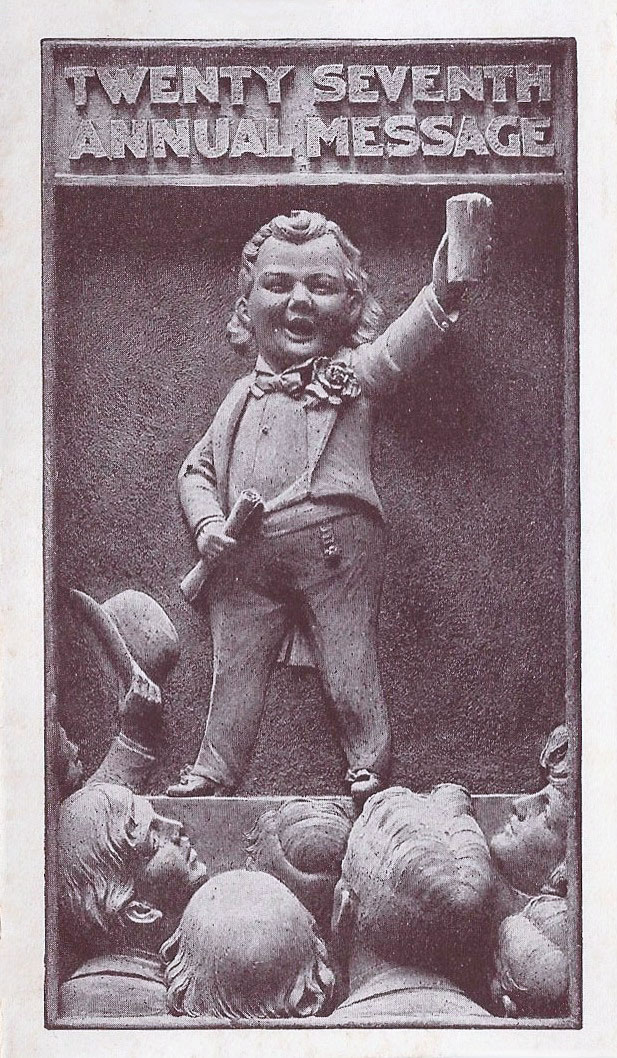
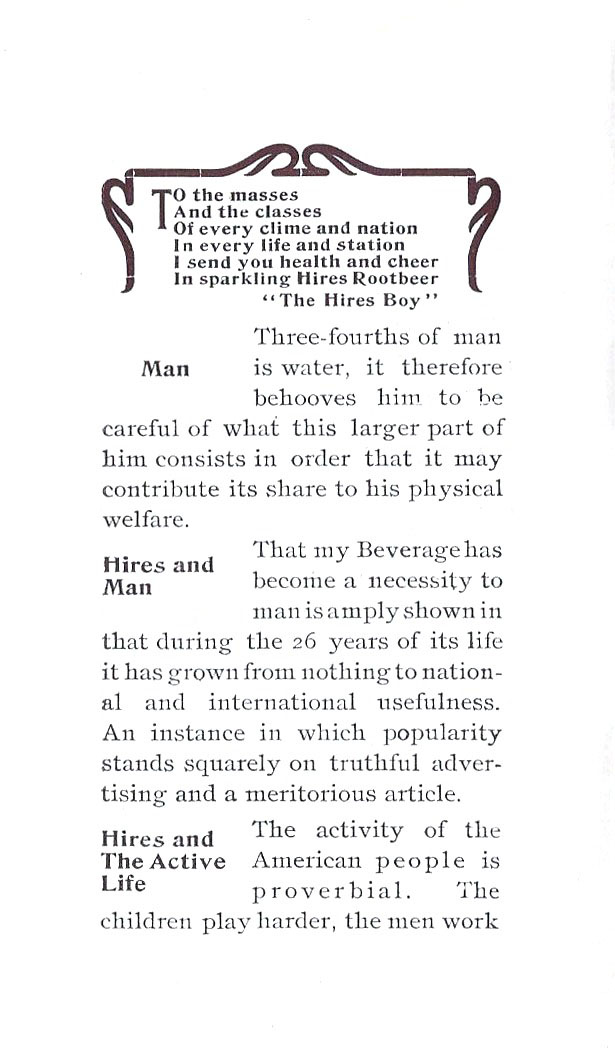
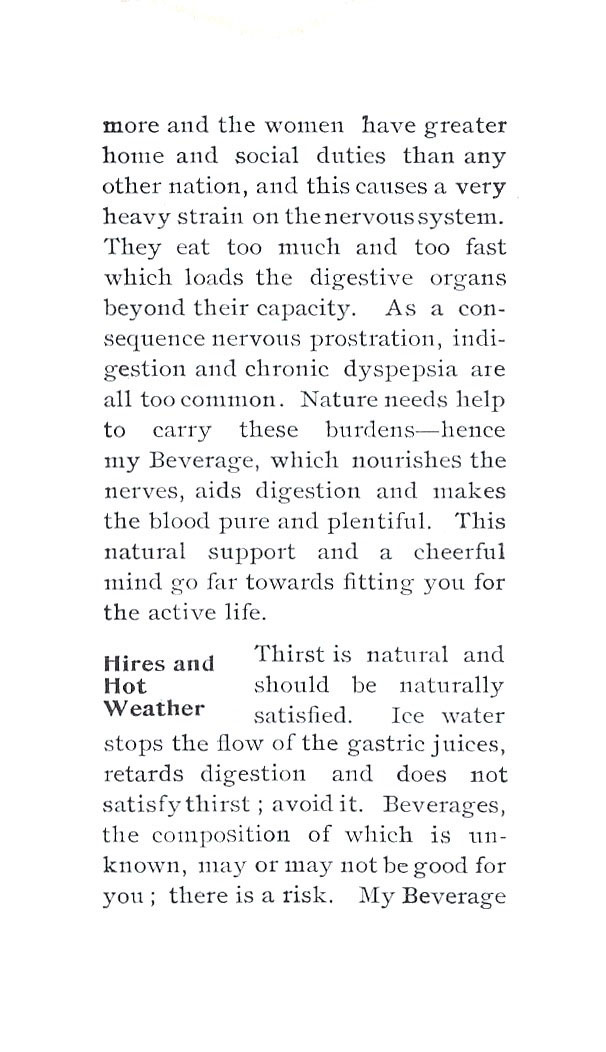
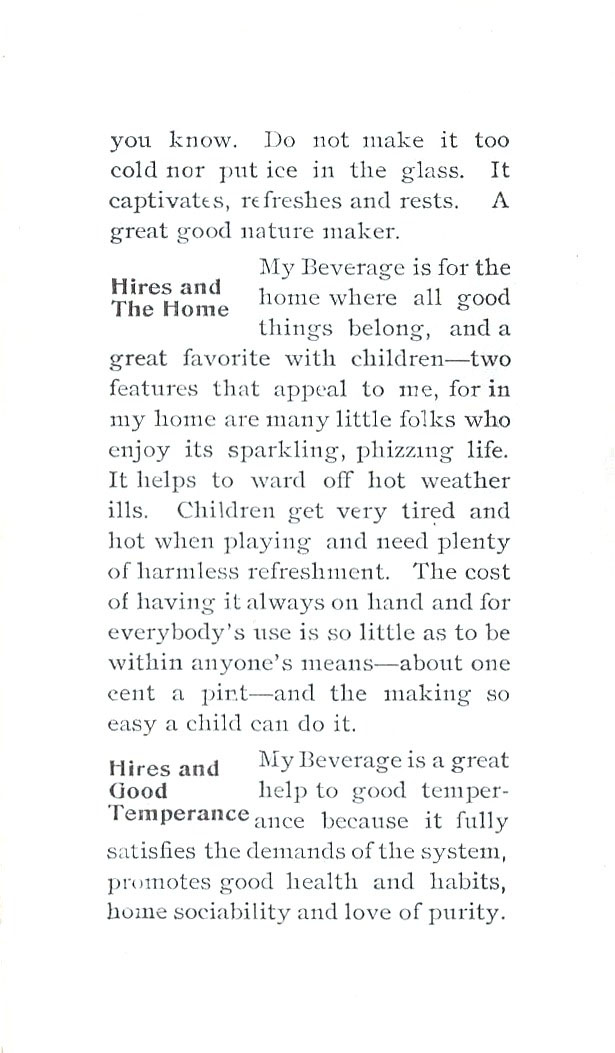
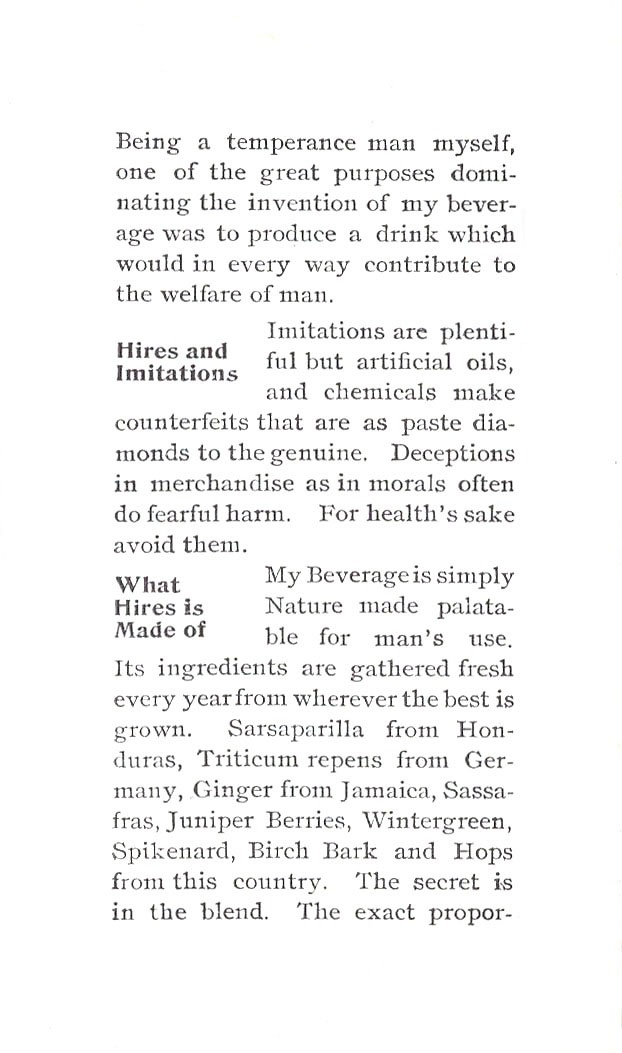

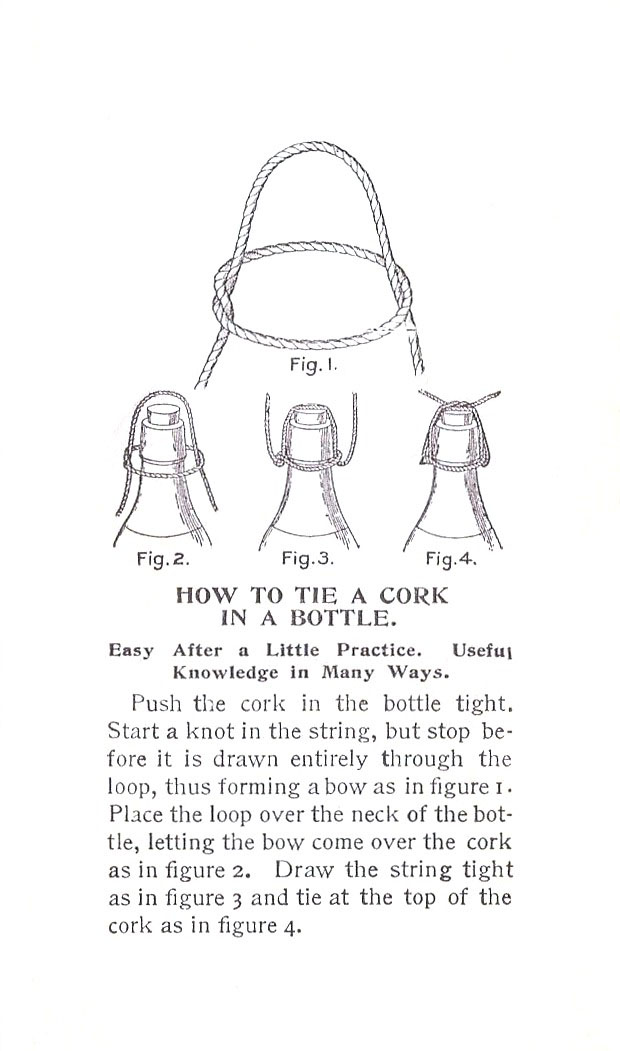
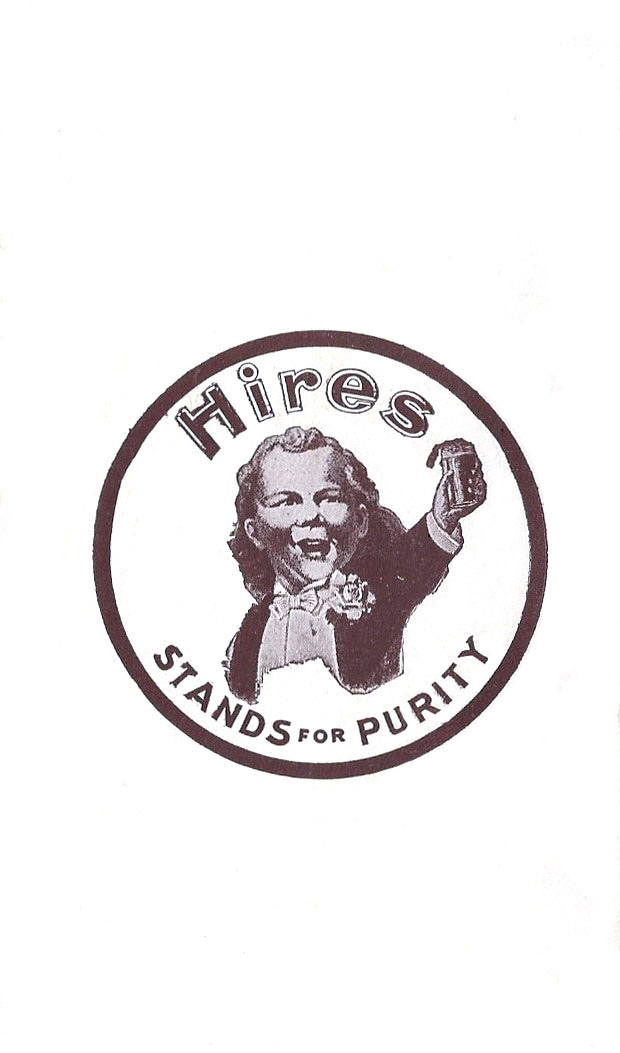
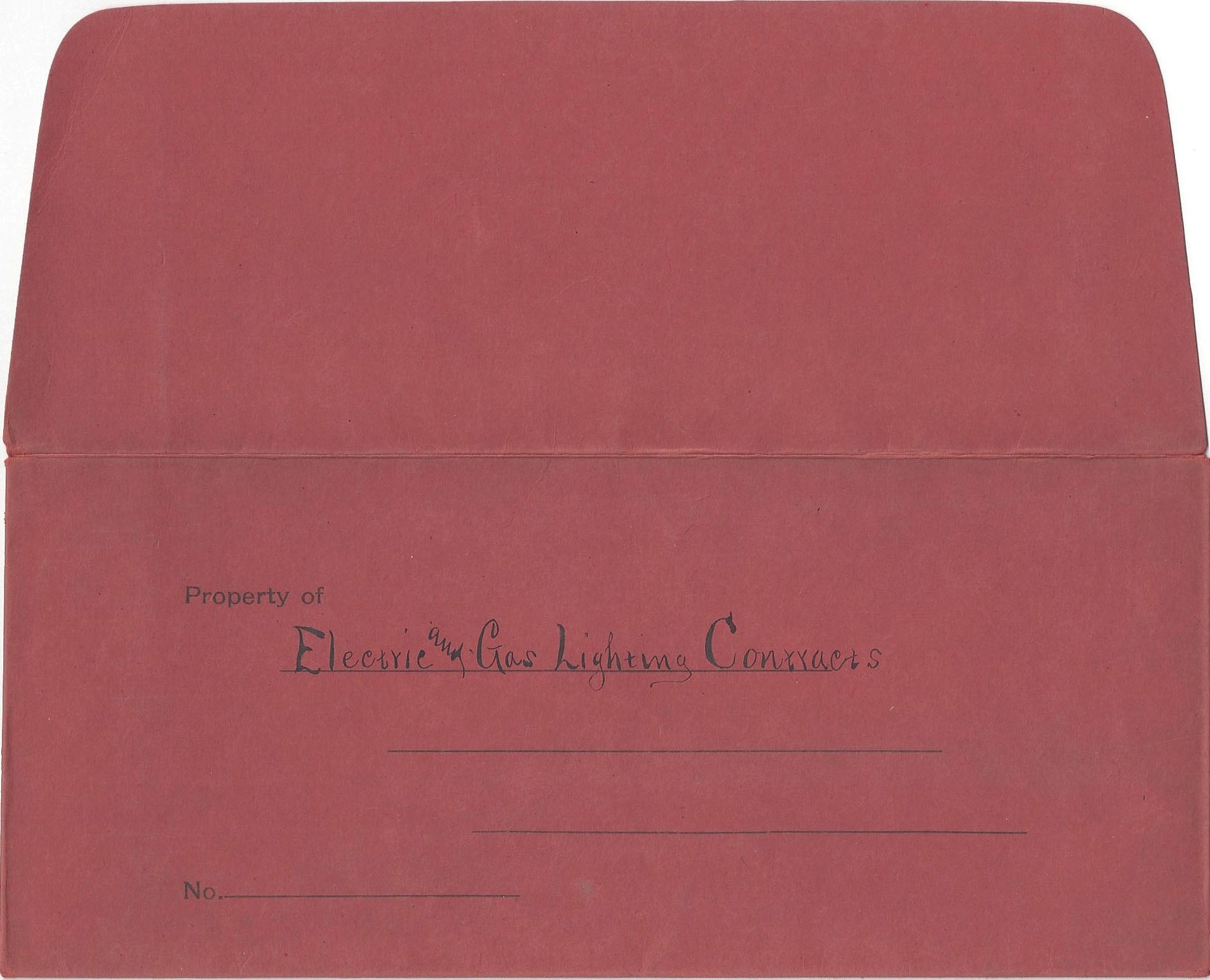

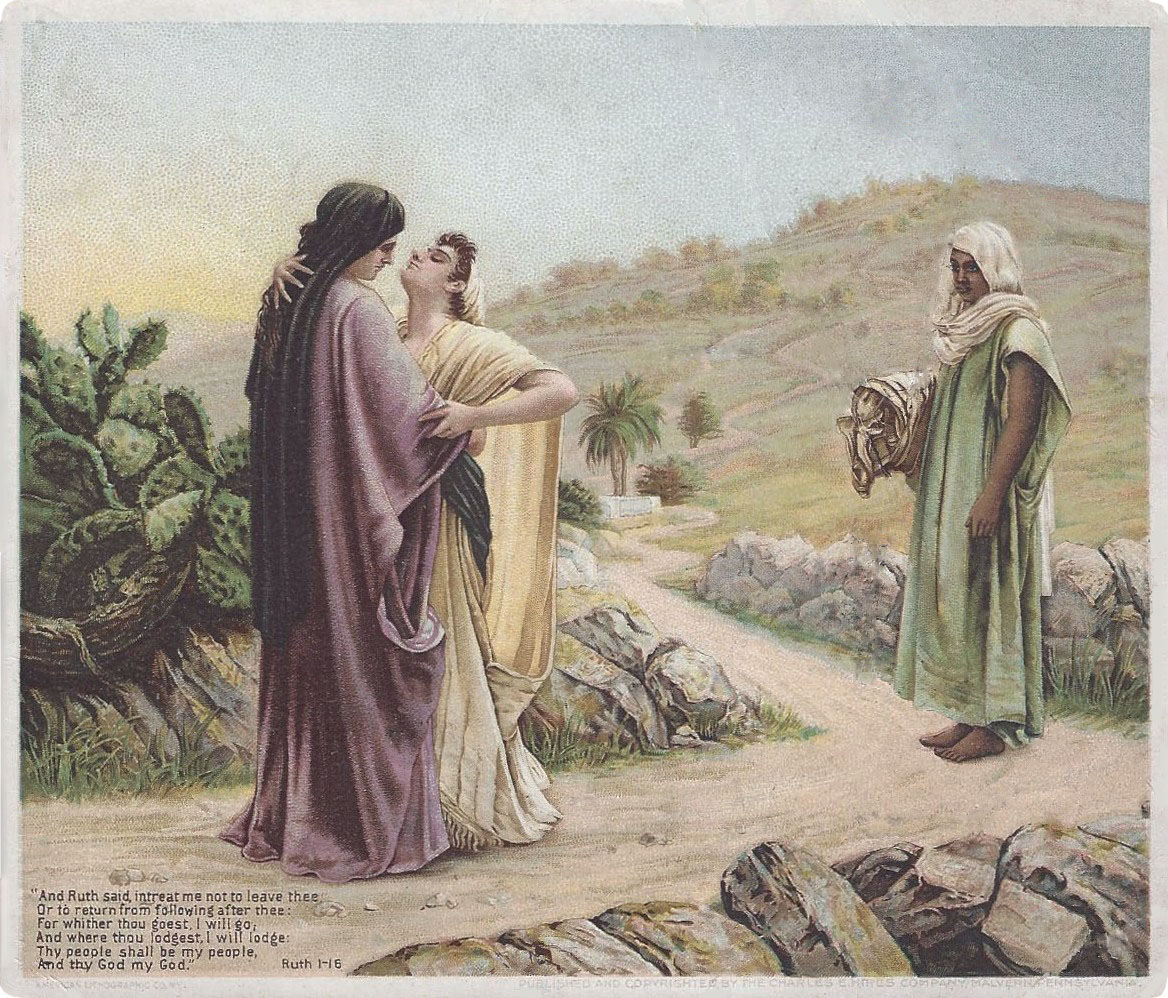
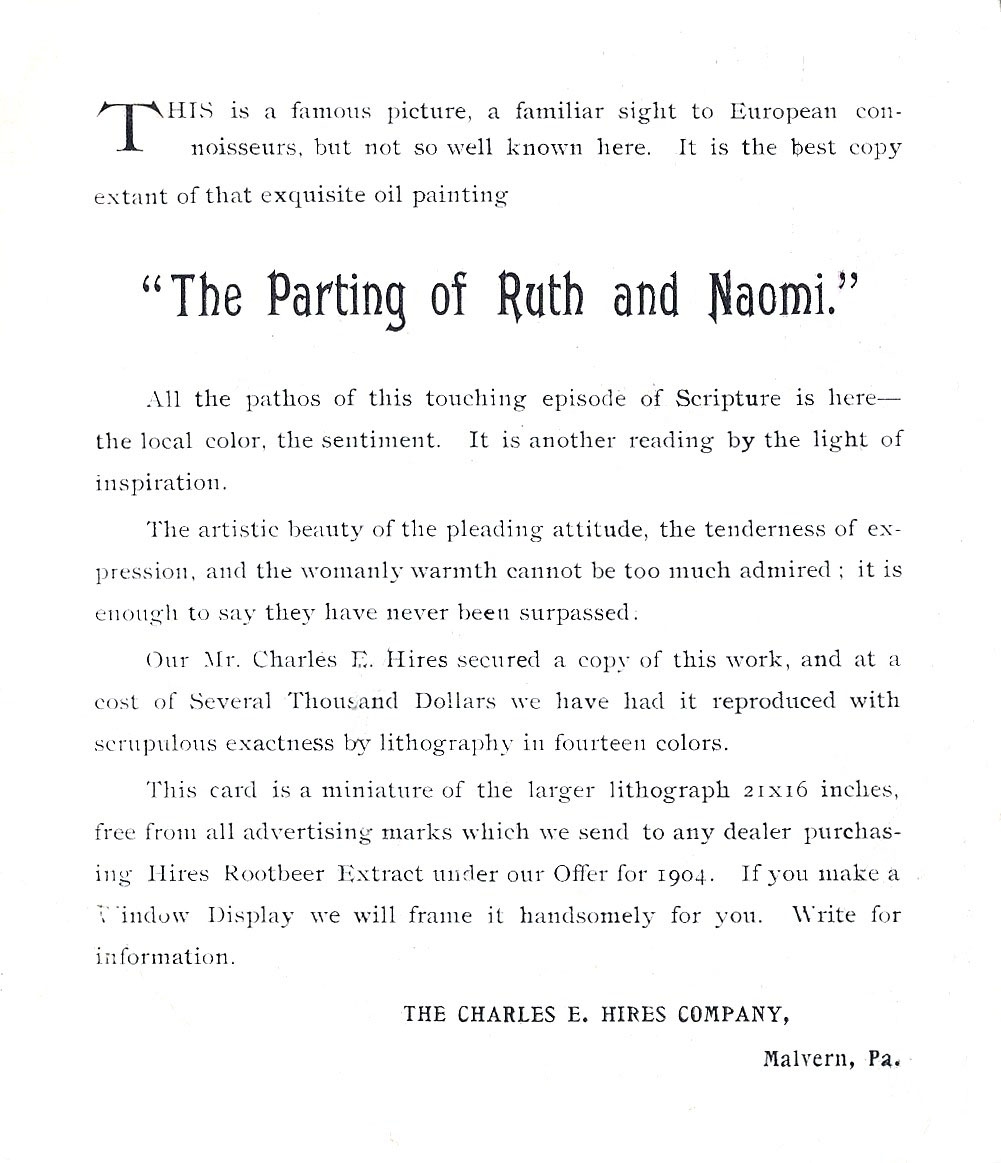

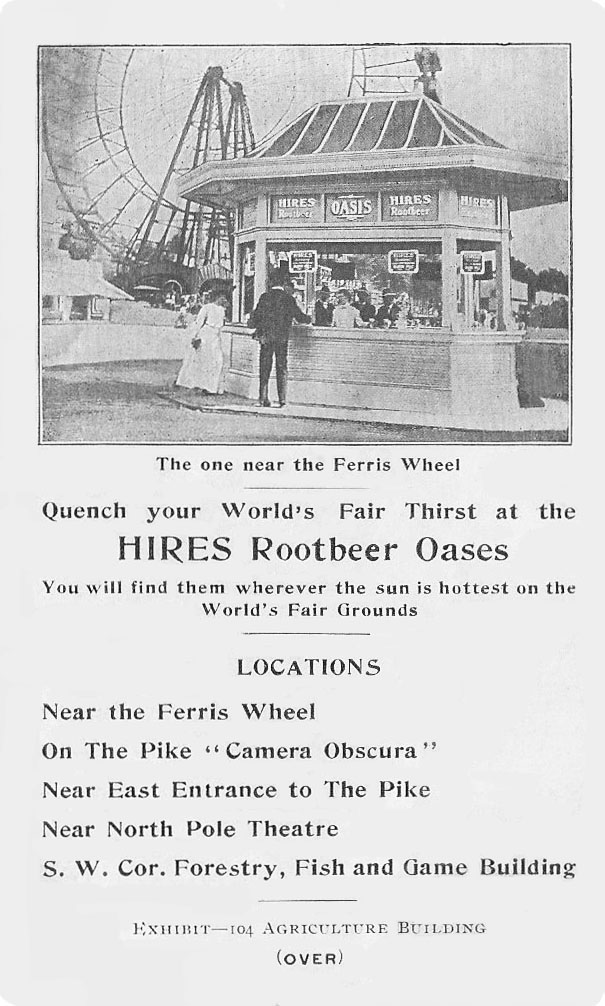

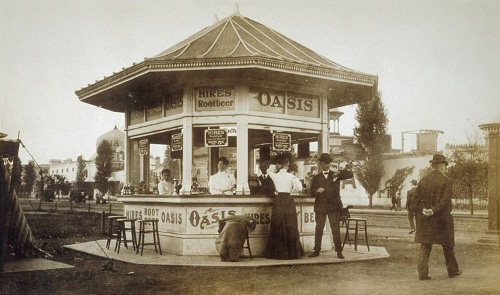
%20gold%20medal%20-%20front.jpg)
%20gold%20medal%20-%20back.jpg)
%20silver%20medal,%20front.jpg)
%20silver%20medal,%20back.jpg)

